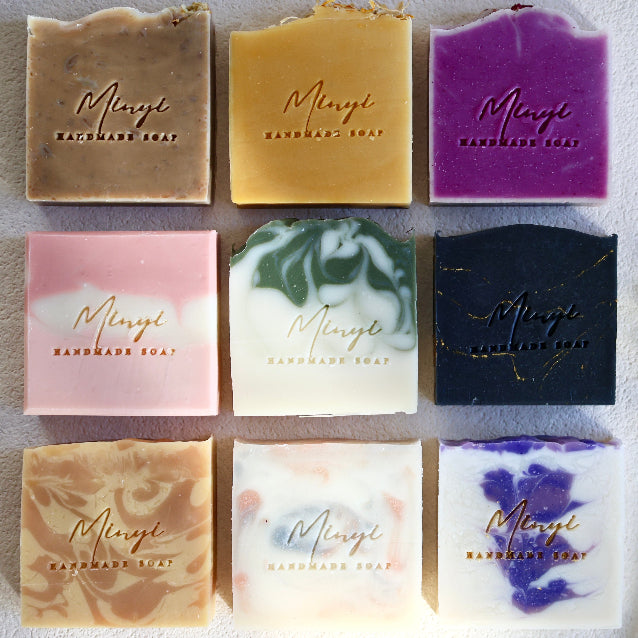What Is Cold Process Soap?
Cold process soap is produced at room temperature by combining plant oils (such as olive, coconut, castor or shea) with a lye solution. Once the two liquids touch, a chemical reaction called saponification begins:
-
Blend and trace — the mixture is stirred until it thickens to the consistency of custard (soapmakers call this stage trace).

-
Pour and gel — the batter is poured into moulds. During the first 48 hours it warms itself naturally as the reaction continues.

-
Cure — bars are removed from the mould, then left in open air for three to eight weeks. Water gradually evaporates, the pH drops to a gentler level, and roughly 20 percent naturally formed glycerin remains locked inside.



Because no external heat is applied beyond about 40 °C, delicate nutrients in the oils and any added botanicals (clays, herbs, essential oils) stay intact. The result is a dense, long-lasting bar with its own built-in moisturiser (glycerin).

